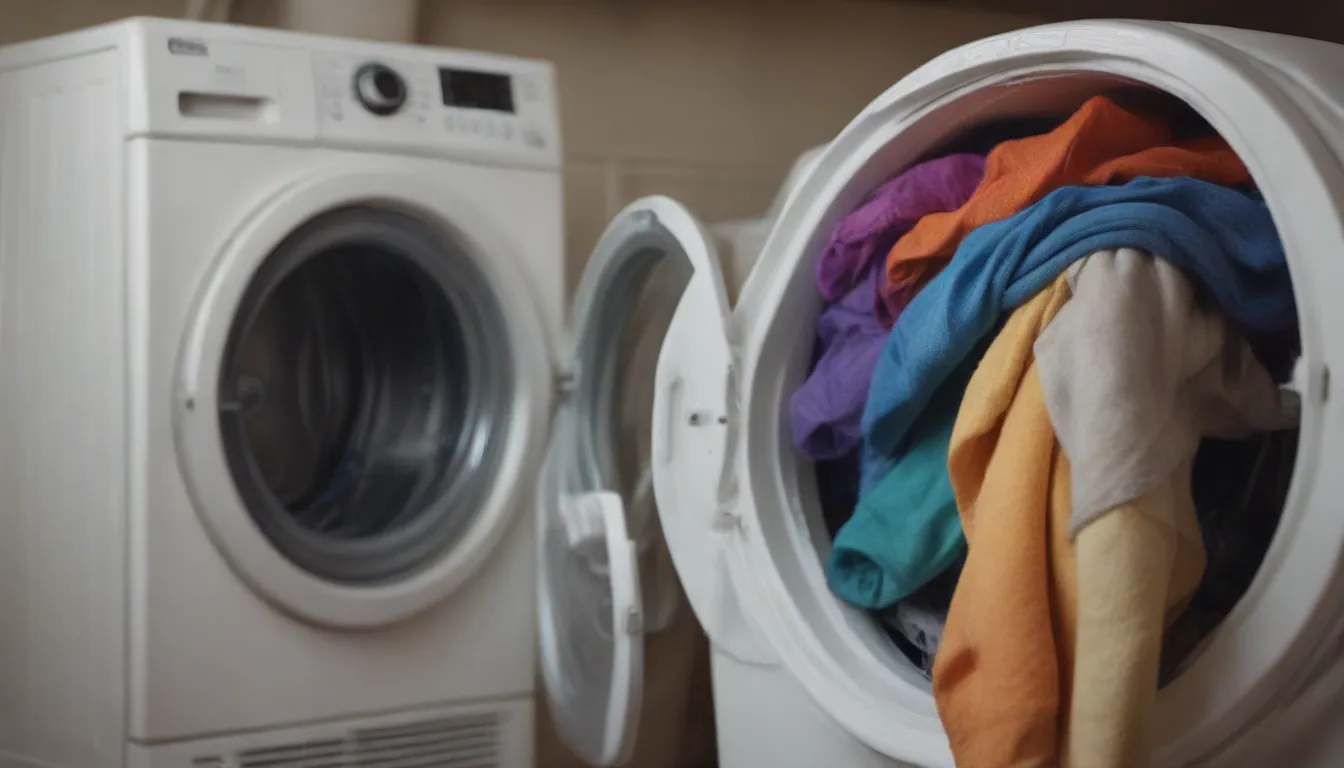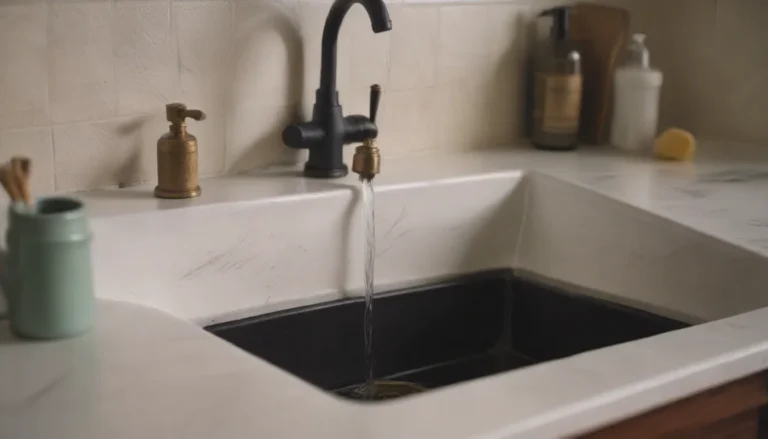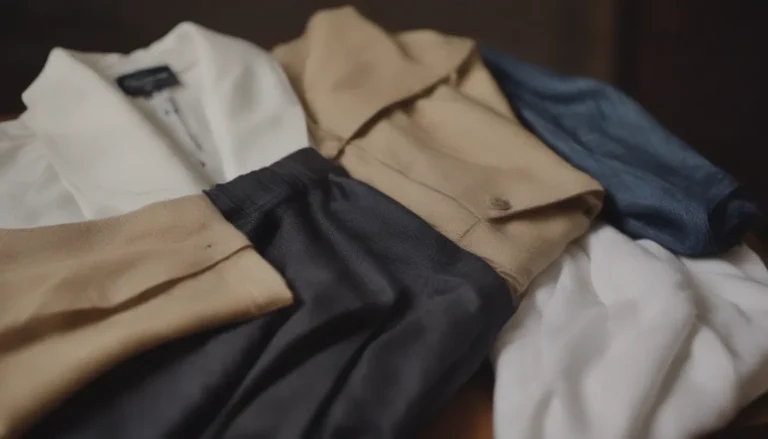Understanding How Your Clothes Dryer Works

Clothes dryers may seem like a simple household appliance, but they actually involve a complex process to efficiently dry your laundry. When you toss wet clothes into the dryer and press start, what exactly happens inside the machine to make your clothes dry and warm? Let’s dive into the inner workings of a clothes dryer and explore how it operates to get your clothes fresh and dry.
The Role of Heat in Drying Clothes
Heat is a crucial component in the clothes drying process. Whether your dryer runs on electricity, natural gas, or propane gas, the heating element is responsible for generating the necessary heat to dry your clothes. Here’s how it works:
– Electric Dryers: In electric dryers, heating coils similar to those found in ovens or hot water heaters create resistance when an electric current passes through them. This resistance generates heat, which is then transferred to the surrounding air by a blower or fan.
– Gas Dryers: Gas-powered dryers rely on a pilot light to ignite the gas, producing heat. Metal plates within the dryer help transfer this heat to the air, which is then circulated throughout the dryer by a blower.
Both electric and gas dryers use thermostats and thermal fuses to regulate the temperature and prevent overheating. These safety components are essential for the proper and safe operation of the appliance.
Understanding Air Circulation in the Dryer
Proper air circulation is key to efficient clothes drying. Just like how clothes dry faster on a clothesline with a breeze, the flow of air inside the dryer plays a crucial role in drying your laundry. Here’s how air circulation works in a clothes dryer:
– Air Intake: Fresh air enters the dryer through vents on the outside of the machine.
– Heating and Distribution: The air is heated and distributed throughout the drum by a blower or fan, helping to draw moisture from the clothing.
– Moisture Removal: During the drying cycle, moist air is forced through a lint screen and expelled from the dryer through a vent that should lead outside. Proper venting is essential for efficient drying.
Some dryers, known as ventless dryers, operate without external venting. Instead, they use a heat exchanger to cool and condense the moist air, allowing it to be drained or collected within the dryer, reheated, and passed through the clothes again until they are dry.
The Role of Tumbling in Drying Clothes
The tumbling motion of the dryer drum is another essential aspect of the drying process. Without tumbling, the clothes would clump together, impeding air circulation and drying efficiency. Here’s how the tumbling mechanism works:
– Pulley System: Most dryers use a pulley system powered by an electric motor to rotate the drum.
– Support System: The drum sits on a roller system and is often supported by an axle to facilitate smooth rotation.
The tumbling action helps expose the clothes to heated air evenly, ensuring thorough drying.
Special Features and Technology in Modern Dryers
In addition to the basic components described above, modern dryers come equipped with a range of features and technologies to enhance their performance and convenience for users. Some of these include:
– Cycle Options: Dryers offer various cycle options, from timed drying to automatic moisture sensing, giving users greater control over the drying process.
– Control Systems: Basic dryers may use cams, gears, and electrical contacts for control, while newer models employ advanced computer electronics.
– Steam Drying: Some dryers feature a steam dry function that generates steam within the dryer to refresh and remove wrinkles or odors from clothes. These models require a water line or a manual water reservoir for steam generation.
By understanding how your clothes dryer works and the different components that contribute to its operation, you can better utilize its features and ensure optimal drying performance for your laundry.
Remember, maintaining your dryer by keeping it clean and checking for any airflow obstructions is essential for efficient and safe operation. A well-maintained dryer not only dries your clothes effectively but also helps prolong the appliance’s lifespan. So, the next time you toss a load of laundry into your dryer, you’ll have a deeper appreciation for the technology and mechanics that make it all possible.





